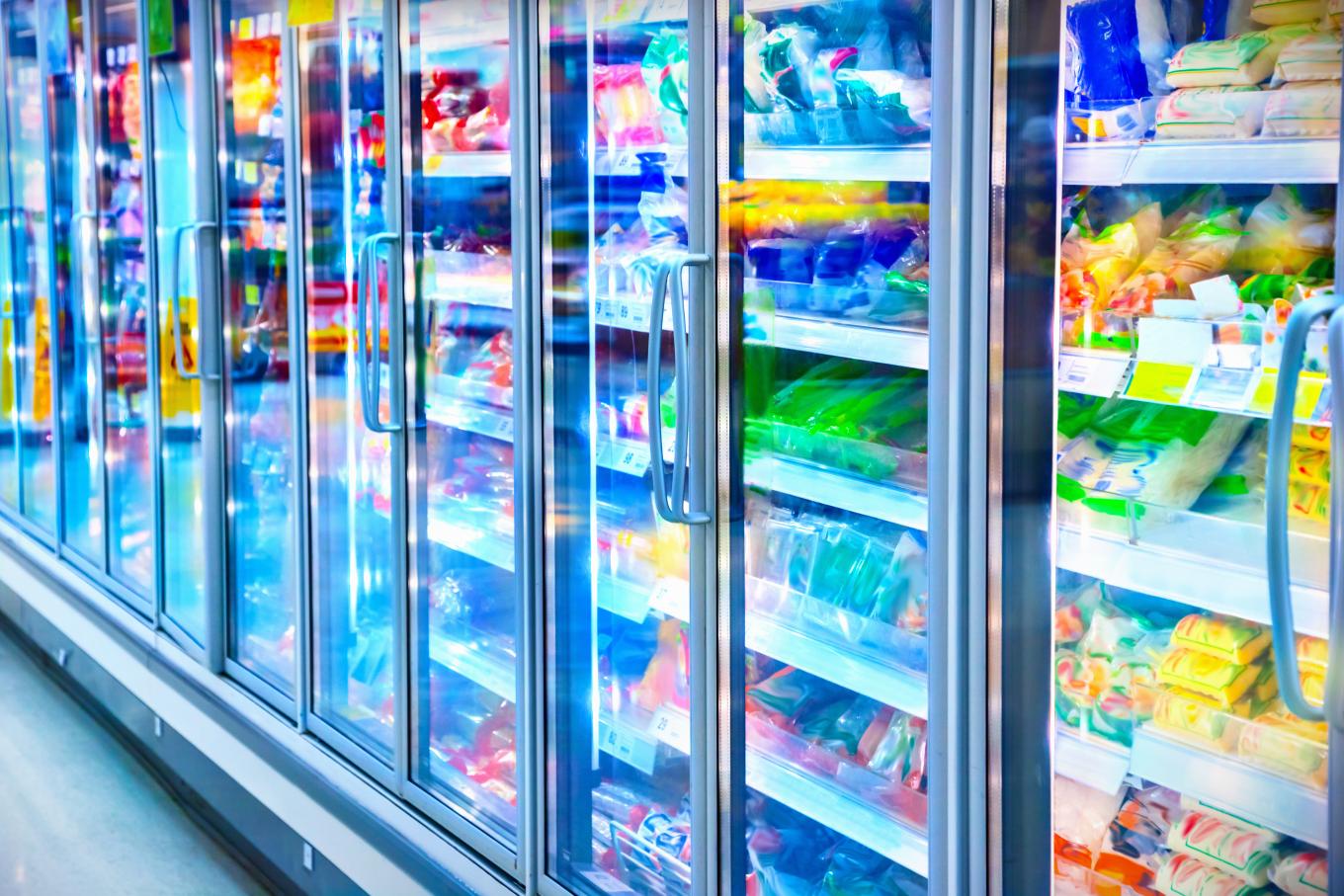05.04.2023
Application of the new F-Gas regulation: challenges to be met in the service of climate mobilization
The F-Gas regulation is about to be implemented in all European Union countries. Between pragmatism and questioning, the players are preparing and getting into marching order. Matthieu Paul-Dauphin, Refrigeration Purchasing Director at Equans France and expert on the refrigerant market, explains.
What are F-Gas regulations?
This is a European regulation designed to reduce the impact of refrigerants on the climate. Indeed, when present in the atmosphere, these gases contribute to global warming due to their calorific value. They also contribute to the deterioration of the ozone layer. Used in refrigeration circuits, they are defined by a GWP, an indicator of their global warming potential associated with an equivalent level of CO2 emissions. The presence of these fluids in the air is essentially due to leaks in the networks.
To reduce the use of these gases, regulations have been based on purchase volumes at European Union level, considering them similar to fluids released due to leaks. The stakes are high, since the aim is to avoid the equivalent of 176 million tonnes of CO2 emissions every year in Europe. Similar regulations have been or are being implemented in the United States and Great Britain.
The revision of the first directive adopted in 2015 has just been voted through, and its significantly strengthened application will be effective by the end of March 2024. In concrete terms, the aim is to accelerate the ban on refrigerants with a high calorific value as of now.
What are the implications for the sector?
The main users of refrigerants are those involved in food production, processing and distribution: manufacturers, logistics platforms and retailers. Clearly, this concerns the entire cold chain, but also air conditioning systems in all their uses. The main emitter is the retail sector, which frequently uses these installations with large networks, from cold rooms to machine rooms and sales areas. The greater the fluid load, the greater the risk of leakage. Conversely, with refrigeration systems confined to production areas and the use of green fluids, manufacturers are less exposed to the consequences of stricter regulations.
The consequences of the directive's application should quickly become apparent. From 2024, the volume of refrigerants available on the market will fall sharply due to the quotas put in place. The trend will accelerate in 2025, leading to a significant rise in prices and a potential shortage situation: certain breakdowns linked to leaking fluids could make it impossible to refurbish installations.
The impact of the directive will be felt rapidly.
What are the alternatives for preserving operational equipment?
The modification of the F-Gas directive will accelerate the replacement of installations and the use of green refrigerants (CO2 and propane in particular), i.e. with a very low impact on global warming... Investments are already planned by many players who have anticipated changes in regulations and the significant costs involved in acquiring new equipment.
It is estimated that around 25% of the food retail fleet has already been fully converted to green fluids. However, it is necessary to accelerate the investments required to modernize the remaining installations, given the consequent implementation times of the order of 12 to 18 months on average per site. The challenge is all the greater in view of the need to deal with a reduction in quotas for traditional refrigerants.
These regulations are a step in the right direction to help meet the climate challenge. Its implementation schedule has just been modified and is now particularly ambitious. Equans is on hand to support this necessary transition with proven, technically mastered solutions tailored to the various players.


